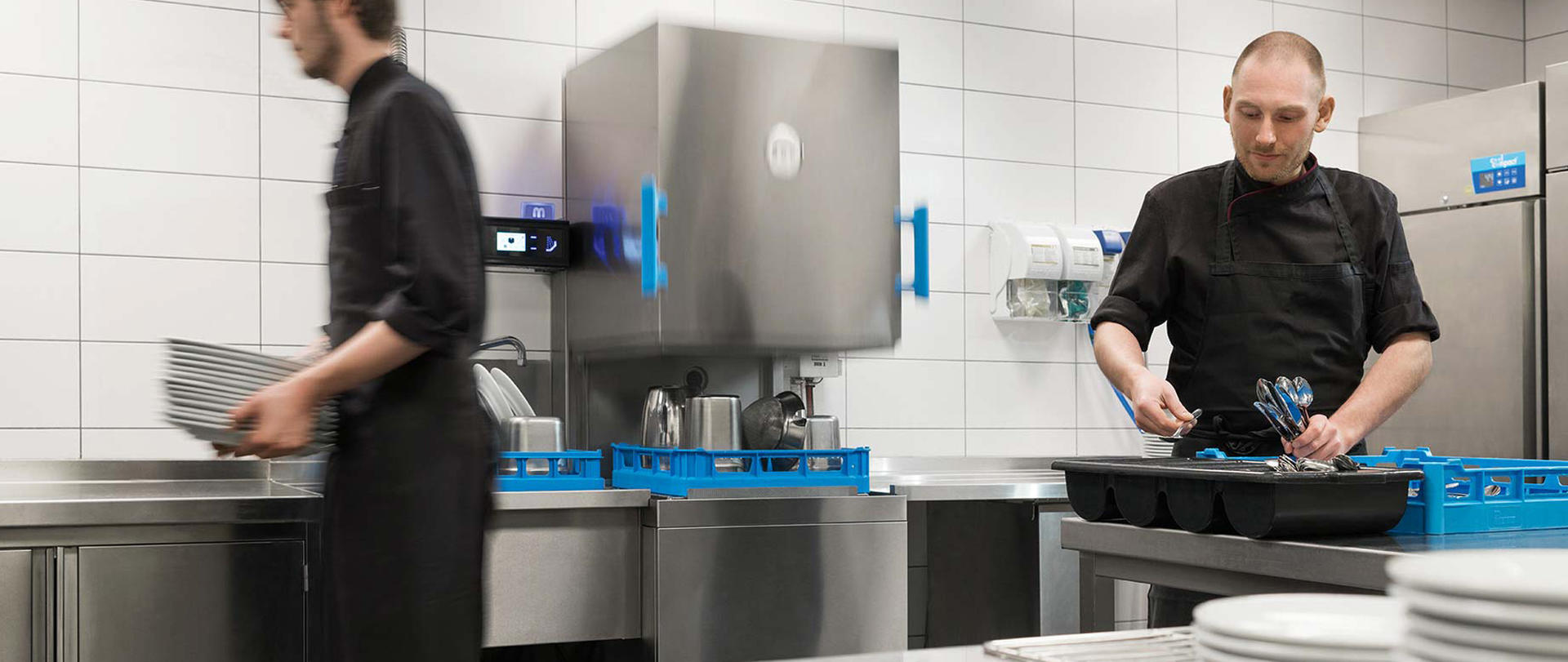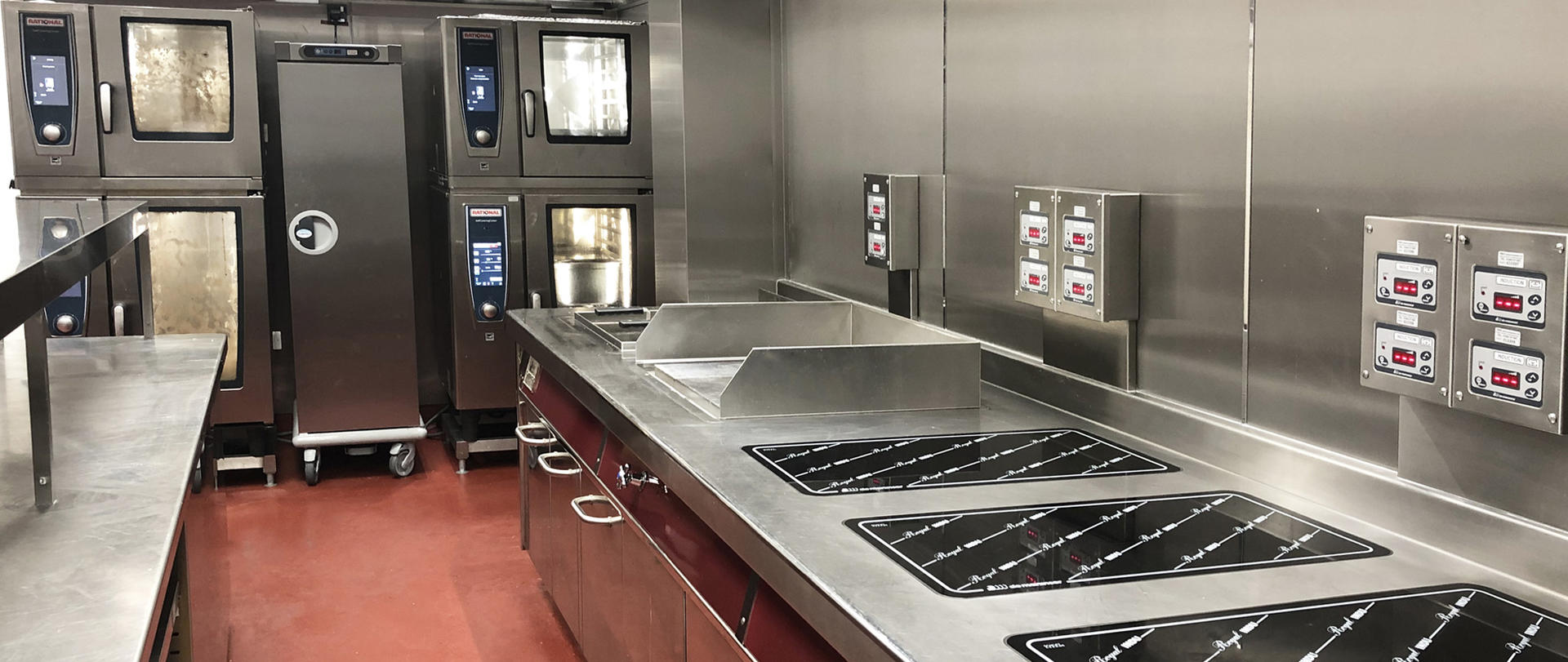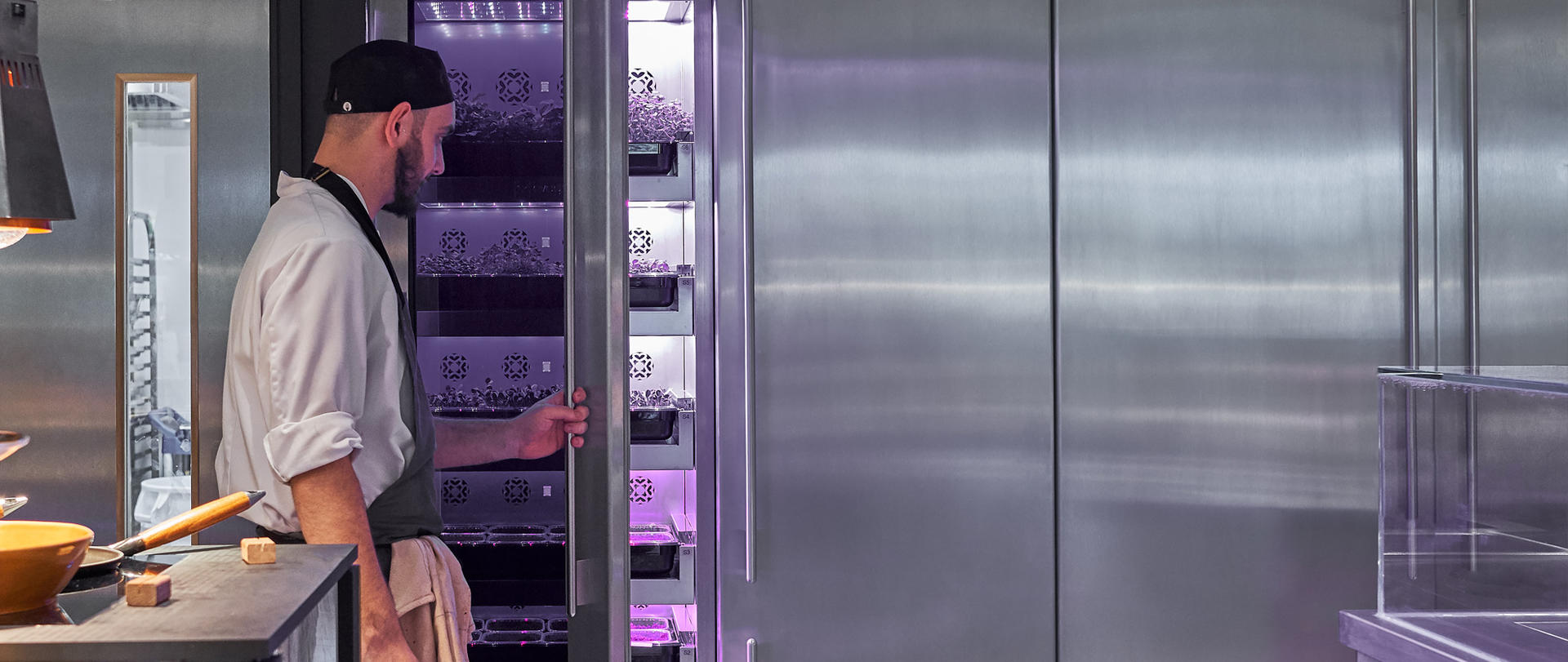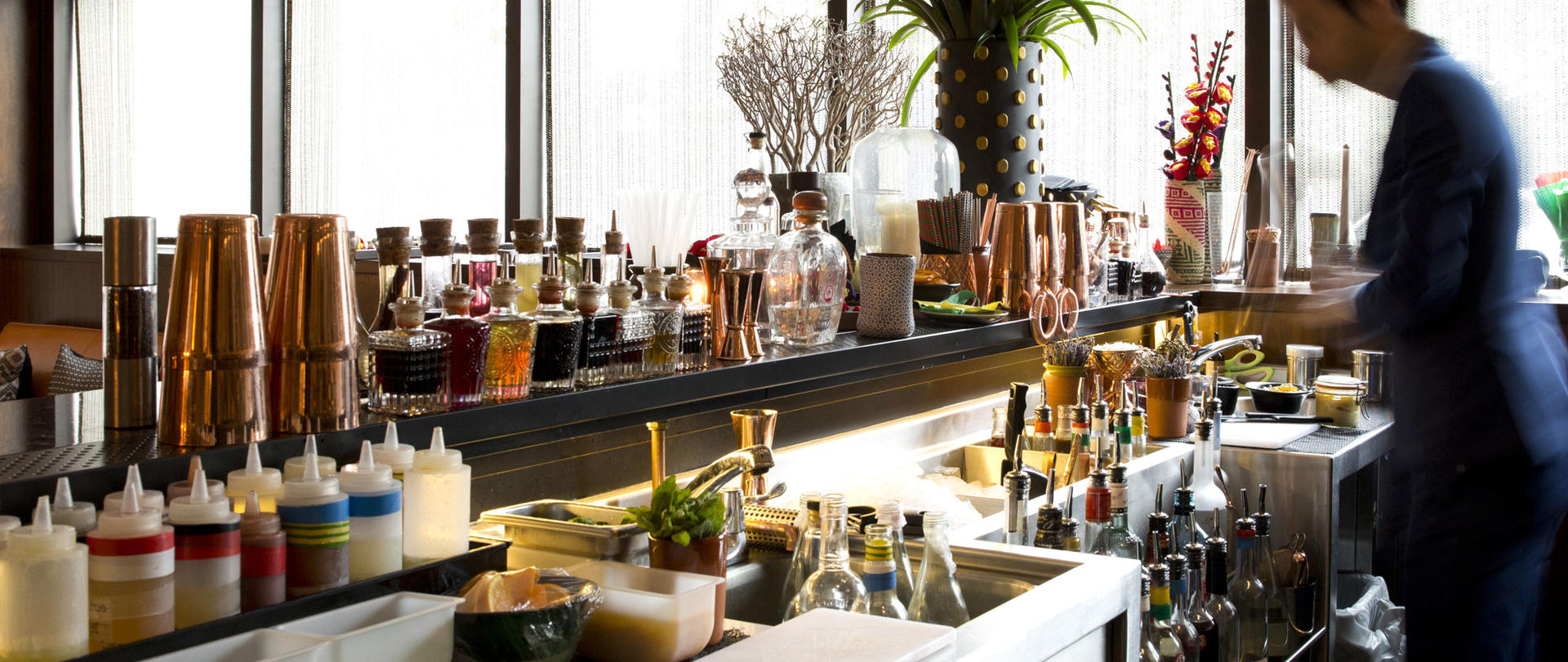Kitchen Recommissioning Guide – How to Re-Start Your Restaurant Kitchen
This guide to re-starting your kitchen was originally written as the industry re-opened after the initial UK COVID lockdown on 4th July, however, the COVID pandemic continues to have a huge impact on the hospitality industry, this recommissioning guide is more valid than ever!
So whether you are a restaurant, hotel, café or any establishment that has professional cooking equipment, use this guide to help you through the process of re-starting your kitchen. You can even download our free checklist to help you further.
At the start of the Coronavirus outbreak or any regional and national lockdowns, many commercial restaurant and hotel kitchens had to temporarily close their doors. Key to closing would have been the mothballing or decommissioning of your equipment, to ensure it remains safe and fit for future use (in case you missed it, we produced an in-depth guide, just click here to read).
So we put together this useful guide to help you through the start-up or recommissioning procedure. The last thing you will want is a broken appliance, when opening post-COVID-19 is challenging enough.
However, if in doubt, please contact us and we will be happy to provide complimentary remote advice or have one of our engineers attend site help.
FREE DOWNLOAD:
Our Kitchen Equipment Re-start Checklist is an interactive step-by-step guide to starting up your equipment.
We thought we would start with one of the pieces of equipment that needs the most attention and care when starting back up, especially if the units were not decommissioned correctly.
The potential of contamination from bacteria build-up within the machine or residual water is a problem. It is therefore important to check the following:
- Give the machine a thorough clean inside and out
- Check the filters are clean and installed correctly
- Check the supply or levels of detergents and rinse aid are correct
- Ensure that there is a sufficient supply of chemicals (Detergent & Rinse Aid) attached to the machine.
- Fill and heat the machine.
- Put the machine through a minimum of three complete wash and rinse cycles.
- Drain the equipment and recheck filters and clean if needed.
Leading commercial dishwasher manufacturer Meiko has confirmed that its dishwashers have shown evidence to remove Coronavirus after one wash cycle. However, it is vitally important that the warewashing equipment reaches temperatures in excess of 60°C.
Meiko also confirm that “alkaline detergent is very effective against enveloped viruses (such as COVID-19). This is especially true for detergents with a high emulsifying capacity and for hot detergent solutions in the temperature range of 50° C or higher.”
Therefore, if your warewashing equipment is not reaching temperature, or you are unsure how to check, we recommended consulting with a service and maintenance provider to ensure the appropriate checks can be carried out.

It is highly recommended by various trade bodies, including ceda (Catering Equipment Distributors Association) that the “gas installation is checked by a Gas Safe registered catering equipment engineer before start-up to ensure there are no gas leaks”.
This is because as the appliance sits unused and at atmospheric pressure, joints and seals can settle and may weep gas.
It is important that individual appliances should be checked to ensure that they are working correctly.
If you have a gas interlock system fitted, you should follow this procedure:
- Switch on the ventilation system
- Switch on a gas appliance and leave to run
- Turn off the ventilation system
- If working correctly, interlock system should switch-off the gas supply
- If it doesn’t, turn off the gas appliance immediately
- Seek assistance from a suitable qualified commercial kitchen engineer
Other measures you should take with gas appliances is give it a thorough clean (run a cleaning cycle if it has one) and check all dials and other components. If something does not feel right, do not force it, and seek help. We’re available to give complimentary advice. Contact us here.
Unsure about your kitchen re-start procedure?
Cooking Equipment – Electric Appliances
The main thing to check with electrical cooking equipment is ensure that the electrical supply cables have not been compromised with rodents. If the cables look fine, either plug the appliance in or switch on at the isolator.
If there are any signs of damage, the cable should be replaced by a competent catering equipment engineer.
Give the appliance a thorough clean (by running a cleaning cycle if available) and dial or component check.
Ranges & Ovens
For ranges and ovens, follow the above steps for Electric and Gas appliances.
Other things to check include the door seals to ensure that these have not perished. Perished seals will cause poor performance of the appliance or not work at all.
Consider having them replaced to ensure the appliance remains fit for use if you have not had them replaced as part of regular Planned Preventative Maintenance (PPM).
Combi Ovens & Steam Ovens
Firstly, follow the above procedures for electrical appliances (or gas) and check that the door seals are in good condition.
The next stage is to check the water systems are working correctly by following these steps:
- Check that the water connections are secure and not leaking
- Ensure that the filters or other water treatment systems are fitted
- Give the machine a thorough clean and sanitise inside and out
- Run a full clean or steam cycle
- If fitted, flush through the wash-down hose for at least 10 minutes to remove any build-up of bacteria.
Check that any dials, handles and control panels are working correctly to ensure you have uninterrupted use when you go live.
Fryers
Give the fryer a thorough clean and check that the drain valve is sealing correctly and fully closed.
Refill with oil and heat the oil to normal cooking temperature (175/190°C).
Then check with an external thermometer (do not rely on the machine’s inbuilt thermometer on this occasion) to ensure that the thermostat is working correctly.
Extraction Canopies
Firstly, check all the filters including grease filters and input air filters are clean. If they are not clean, ensure they are cleaned thoroughly and refitted correctly.
Once done, switch on and check that the fans are working correctly.
If you are in any doubt about your equipment it is highly recommended to seek the assistance of a suitably qualified engineer that has the relevant gas and electrical safety certificates. Contact us to see how we can help.

Refrigeration, Cold Rooms and Freezers
The process for recommissioning, much like decommissioning, is generally the same for refrigeration, cold rooms, and freezers in the commercial setting.
Firstly, check all the seals to ensure they are sealing correctly. This will help with the efficiency of your refrigeration moving forward, helping to reduce costs and keep food safe.
If it has been switched off, thoroughly clean and sanitise the unit, ensuring any sanitising fluid is wiped off with clean water before placing food products back in.
Switch the unit on and wait at least 24-hours to ensure the unit gets to and remains at temperature, especially before loading food products.
If your freezer has not been turned off, make sure you check the dates on the food and ensure the freezer is still operating at temperature. If you have ice build-up, it may mean moisture is getting into the freezer and your doors are not sealing correctly.
For walk-in cold rooms, it is a good opportunity to ensure the door safety release is working correctly.
Ice Machines
Before you reconnect the ice machine to the power supply (or turn on at the isolation switch) check the water connections are tight and that any filters or water treatment systems are fitted correctly and clean.
Give the machine a thorough clean including the ice bin with suitable sanitising products, then wipe off with clean water.
Switchback on the water supply and power, and rinse the system using any in-built function to ensure that any bacteria build-up has been removed.
If in doubt, consult a suitably qualified ice-machine or refrigeration engineer to ensure it is operating correctly.

Water Boilers
Before attempting to restart the appliance, ensure that any filters or other water treatment are fitted and working.
If the water supply to the appliance had been turned off, it should be turned back on and the appliance refilled and brought up to boiling point.
It might be worth checking with an external thermometer and keeping an eye on the appliance to ensure that the thermostat and any safety functions to prevent over boiling are working correctly.
Water Systems
If you have a water system that has been decommissioned and serves the building or part of the building where the kitchen is (in a hotel for example) it should be managed so that microbial growth such as legionella in the water is appropriately controlled.
Therefore, before reusing the water system, it should be recommissioned by a competent person as though it was new.
Steps to consider are a thorough flush through, clean and disinfection before it is used again.
Water Softeners
Check all connections visually and turn the water on slowly to ensure that there are no leaks. Next, add salt to the brine box and plug the appliance back in or switch on the electrical supply. Finally, reset the timer for regeneration cycles to a suitable time.

The Two Things to Remember
There we have it. Our comprehensive guide to restarting your restaurant, hotel or just about any other commercial kitchen.
We hope that they are some simple steps that you can use when starting up your kitchen. There are two basic things to remember:
- Treat equipment as if it was new, following the manufacturer manual or guidelines
- If in doubt, ask, or seek help; the last thing you want is a broken machine that means you can’t operate 100% after such a prolonged period of shut down.
Hopefully, the start-up of your kitchen is a smooth process, but if you require any assistance, please do not hesitate to get in touch.
We can offer complimentary remote advice putting you in touch with one of our expert engineers or arrange for them to visit site to carry out a full safety check.

